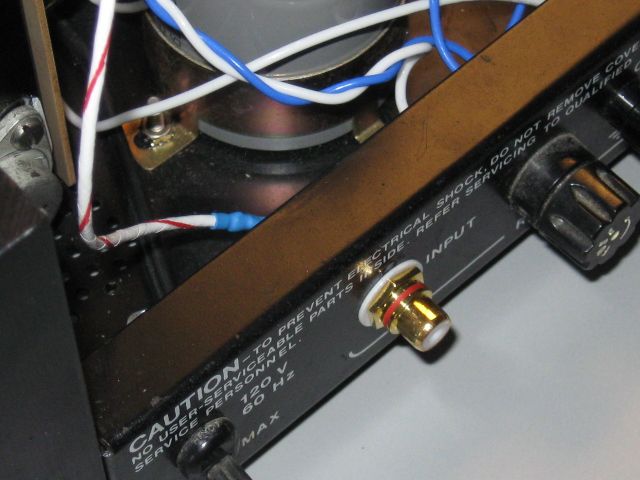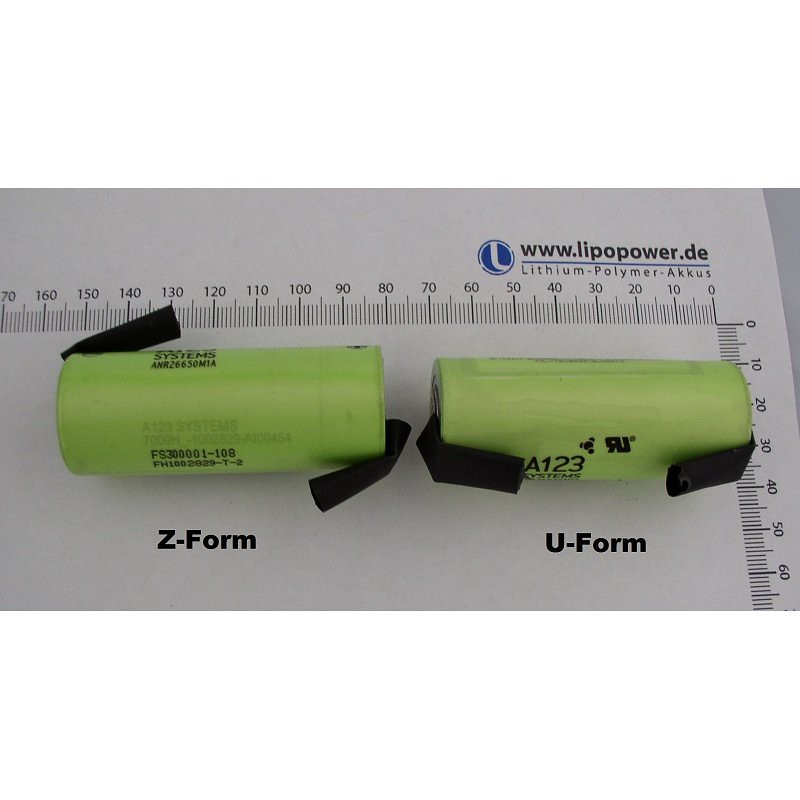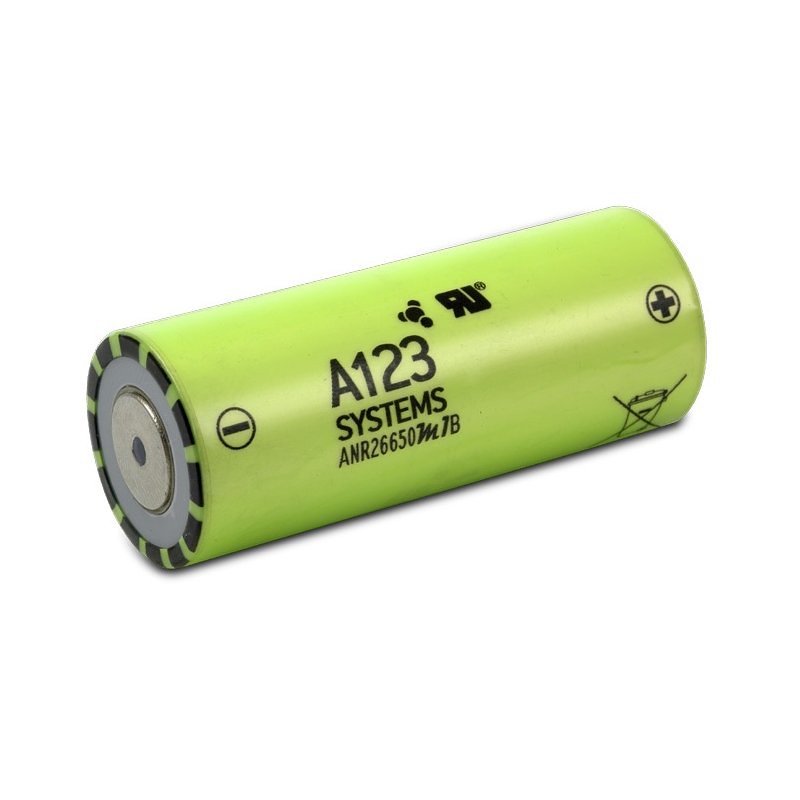Two headphone amplifiers sharing the same basic MOSFET source follower output stage.
When the source current and source resistance are optimized for the given headphone load and similar maximum output power (~50 mW at 1% THD), the distortion pattern vs. output power is remarkably similar.
One plot below is simulation, the other measurements. The J-Mo 2 simulation closely matched the actual measurements, it wasn't worth my while to generate a full simulated data set when I already had the measurements on hand. No reason to suspect that the Szekeres sim is inaccurate, either.
The take home message is the distortion characteristic of a MOSFET follower is what it is, and unavoidable. Take it or leave it, as it were. However - and this is key - if you don't optimize the stage for the headphone impedance, the distortion for a given output power will increase significantly.
As an aside: Greg did his homework with the original circuit....
















